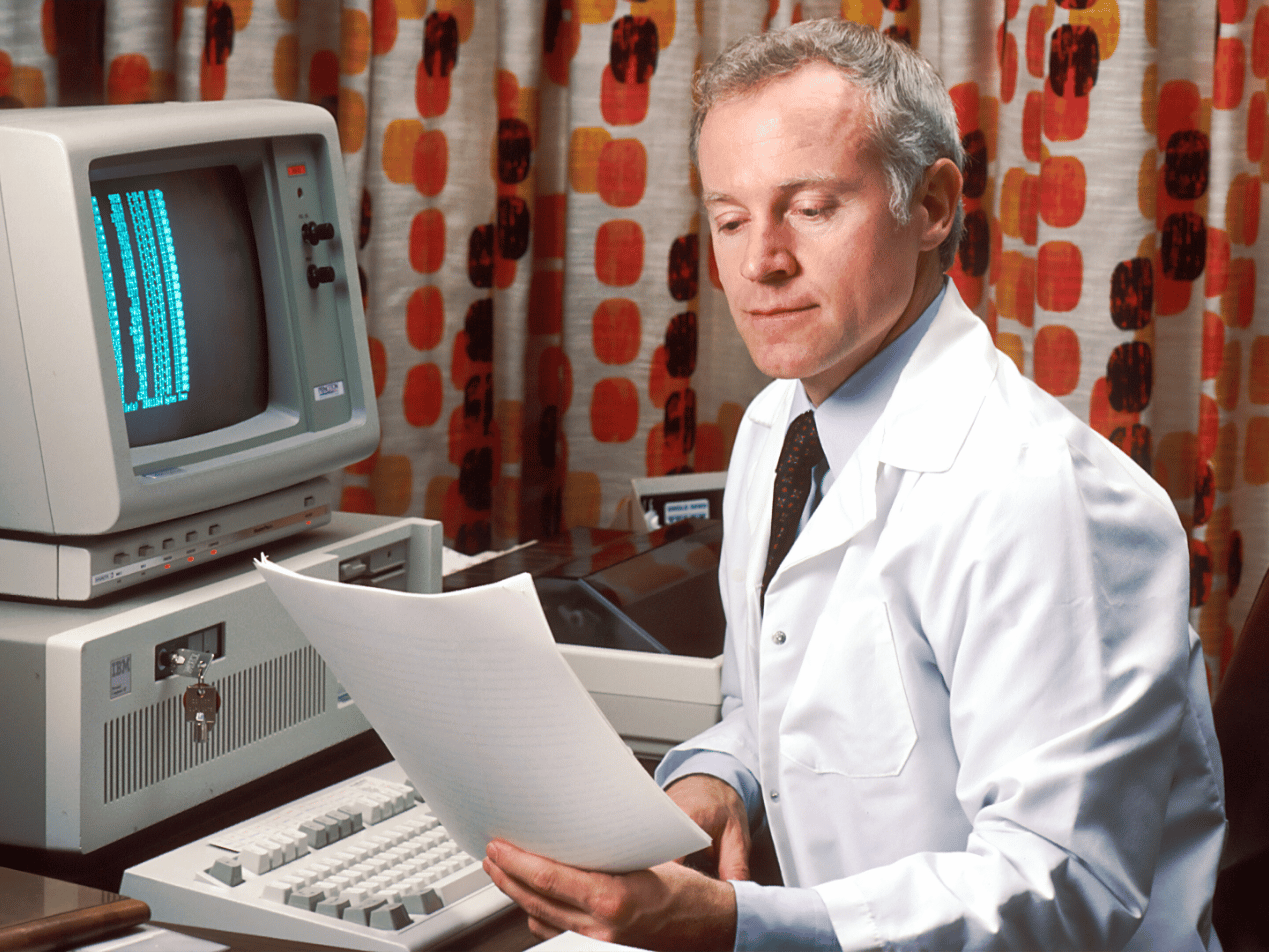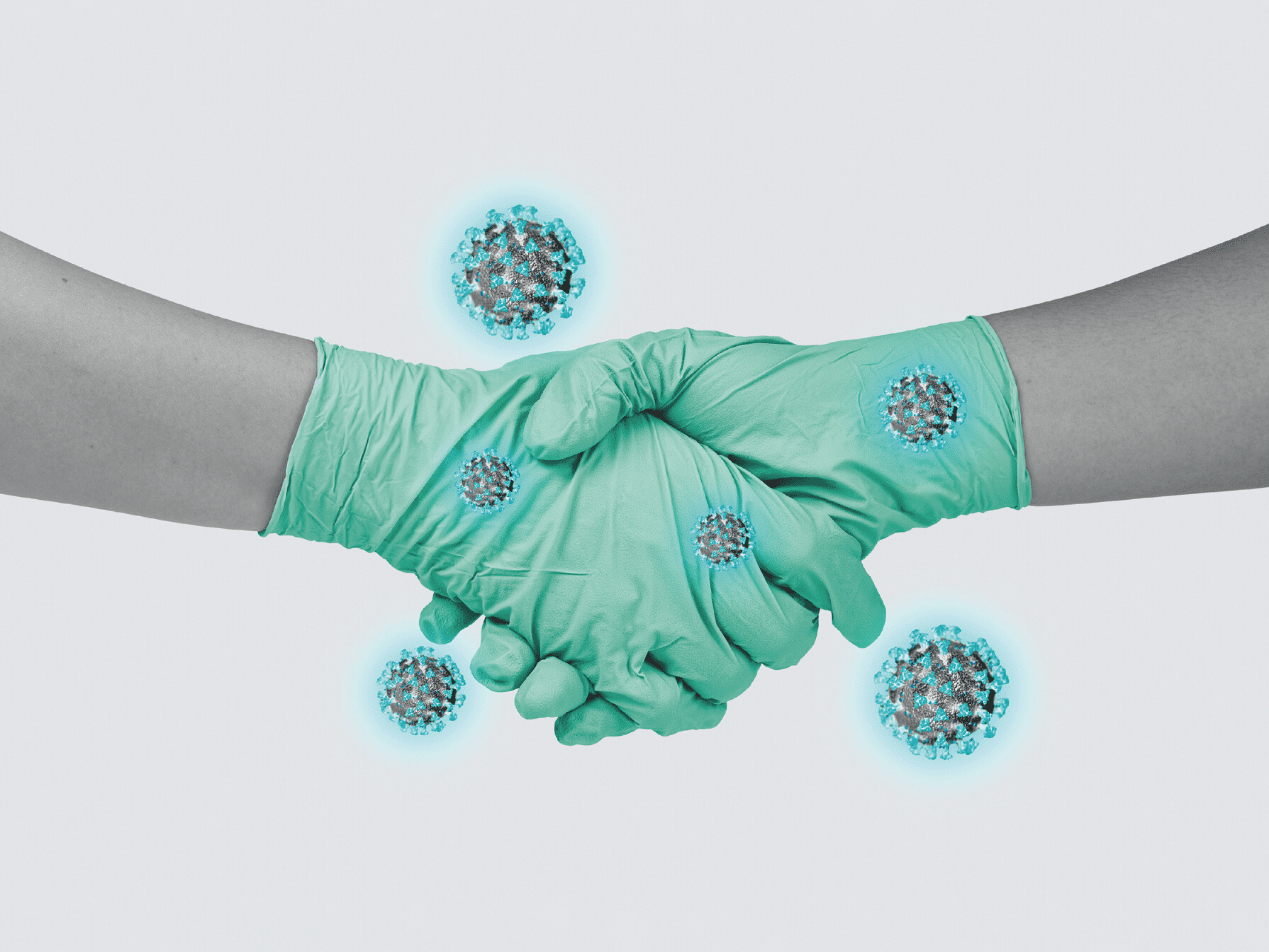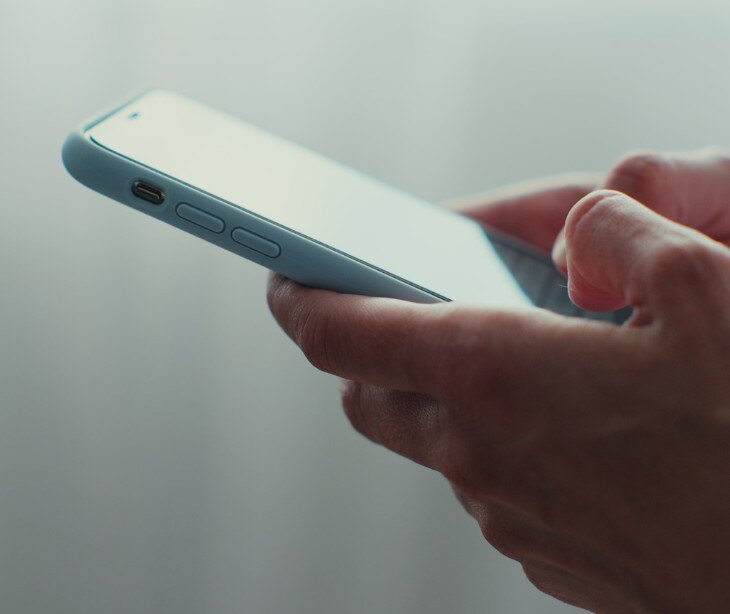3 min read
Fax machines and incomplete data stymie a coordinated response to COVID-19
Chloe Bowen May 20, 2020

CDC director Robert Redfield recently tweeted that the United States is on pace to pass 100,000 COVID-19 deaths by June 1st. This health emergency requires a cutting edge, data-driven national health response to stop the virus' spread. However, many public health officials still rely on paper records and fax machines to share what limited and incomplete information that they have with each other, which is impeding our response to the public health crisis.
Data dysfunction
As of this writing at least 35 states are lifting stay-at-home orders, even though the CDC says the US is still in the acceleration phase of the pandemic, and many regions' caseloads continue to rise.A big worry is that as states start reopening, they will not have the resources and coordination needed for a meaningful surveillance program to prevent another flare-up.
As recently reported in Politico, data dysfunction is hamstringing the nation’s coronavirus response. For contact tracing, it can take multiple days to locate basic information about someone who may have been exposed to coronavirus. In fact, up to half the lab reports submitted for public health case investigations lack patient addresses or ZIP codes.
Congress approved more than $500 million for health data in a relief package in April. Experts hope that investment in technology will help health departments conduct disease surveillance better and faster.
But for now disease trackers are drowning in paper reports and using outdated spreadsheets for critical tasks like determining how many people were exposed to an infected individual.
And even when officials can tap data, such as with cell phone location tracking, they are unable to connect the dots for an up-to-the-minute picture of disease spread.
Gaps in COVID-19 clinical data collection
As the New York Times reported last week, many US hospitals and doctors do not provide detailed clinical data on coronavirus cases, largely because they would have to manually extract the information and send it by fax or HIPAA compliant email.
Holes in clinical reporting are leading to an incomplete picture of how the virus is affecting the population. Data on the race and ethnicity of victims was missing in 75% of COVID-19 cases compiled in April. A study on virus-stricken US health care workers could not tally the number affected because the applicable boxes were only checked on 16% of received case forms. In another study, the CDC only had data on preexisting risk factors for 6% of reported cases.
Publicly available data sources are incomplete
So far publicly available real-time data on the impact of COVID-19 is limited, which has raised questions about the federal government’s handling of this critical information at a time when the public is depending on it to stop the virus’ spread. Although the White House has requested that hospitals report data on COVID-19 testing to HHS, the collection of data from hospitals remains voluntary and segmented. Limited data is available through public avenues, such as the CDC’s US at a Glance and COVIDView tools. However data experts and public health officials believe that sharing more than just the number of positive cases and deaths is important to provide a clear, holistic picture of the situation. The CDC public reports do not include information about nationwide hospitalizations over the previous 24 hours nor the number of tests ordered and completed. Up-to-date information on infection rates, as well as details on deaths and hospital capacity are also missing. On April 9th the CDC opened public access to new data and surveillance tools that it is using to track some of these data points, but its reporting is weeks old and often differs from academic and private records.The healthcare digital transformation
Experts say a lack of investment in public health surveillance and a jumble of conflicting reporting mandates set the nation up for trouble even before the pandemic. The coronavirus crisis has only brought the problems into stark relief. This is all the more reason that the healthcare digital transformation cannot come soon enough. Some medical providers have taken the coronavirus outbreak as an opportunity to modernize aspects of their practices. At the very least, it might be time to finally kill the fax in healthcare. A number of practitioners have started offering telehealth during the pandemic, many for the first time. In fact, HHS has expanded coverage for telemedicine as a direct result of the current health crisis. Other providers have begun to incorporate a HIPAA compliant email marketing strategy in order to improve patient outcomes and quickly regain lost revenue due to cancelled procedures during shelter-in-place. Patients are frightened and looking to their doctors to provide details about how they are going to keep them safe if they come to the office. The problems with public data collection can seem overwhelming. Many issues are out of our hands as individuals. However, as doctors and physicians modernize their practices, little by little we will change how we collect and share data which will benefit us all now and in the future.Subscribe to Paubox Weekly
Every Friday we'll bring you the most important news from Paubox. Our aim is to make you smarter, faster.




